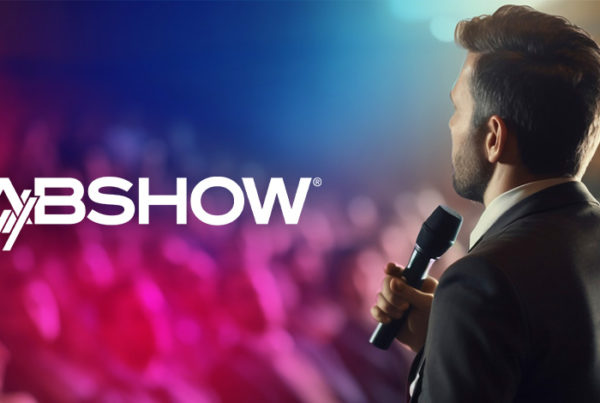Admittedly, most advertisers and media sellers use generational targeting (or even generational stereotyping). For airtime spots, it comes into play when choosing programming. In digital, it’s often a demographic criterion. That made sense decades ago when those years represented major spending coinciding with adulthood milestones.
In modern times, the attributes of buyers with high purchase intent don’t fit perfectly in that box. However, this generational stereotyping persists in radio and digital ad buys.
The Reality of U.S. Generational Size and Spend
The reality of spending in the U.S. by generation looks different now. According to data on generational spending, Gen X is the leader. Some advertisers have ignored this group, eager to grab more millennial and Gen Z money. They are also a much smaller group compared to baby boomers and millennials.
The largest generation in the U.S. is millennials, accounting for 21.71% of the population. They are the second highest spenders after Gen X. However, saddled by student loan debt, many in this generation are delaying milestones like buying a house and starting a family.
Baby boomers come in third, ahead of Gen Z. As Gen Z ages and enters the workforce, their buying power will expand. They, too, have the same concerns as millennials.
With these truths, you may find it more accurate to talk to advertisers about looking beyond typical generational targeting. In fact, generational subgroups are much more diverse.
After Baby Boomers, Generational Populations Aren’t Holistically Homogenous
On generational labels, an expert in the field suggested that baby boomers are the only generation defined by an “actual demographic event.” Others are extremely fluid and cannot fit in such defined boxes. Additionally, most people (outside of baby boomers) don’t associate themselves with their allotted generation. Gen X has a 53% agreement, while millennials are at 45% and Gen Z at only 39%.
So, why put stock in generational labeling for advertising targeting? It’s an easy system that the media industry sticks with because it’s demographic segmenting based on norms. However, when sticking to stereotypes, your advertisers may not reach the consumers most likely to buy or need their products or services. In this approach, the assumptions around generational targeting could be wrong, and that’s not good for your clients.
Let’s look at the better targeting options regarding programming placement.
More Accurate Targeting Opportunities
Age groups will always be a factor in targeting, even when stereotyping is present. It should be one factor in digital ad targeting or determining appropriate programming.

Focus on “Trusted” Programming for Radio
Trust in programming types goes beyond age groups. Radio has a “trust halo,” and listeners across demographics connect with radio personalities. They find them authentic and rate them higher than TV hosts or social media influencers.
These news options provide an opportunity for advertisers to be associated with trustworthy content.

Align Interests, Programming and Audiences
Another strategy is to look at programming based on interest level, which doesn’t limit targeting to generations. Based on ratings and data, you can make assumptions and confirm that those who consume this programming type will be interested in a product or service.

Take a New Look at “Aging” Content and Its Appeal
The industry also tends to look at specific programming as age bound. For example, classic rock stations play music released during the baby boomer and Gen X formidable years. It was the music of their generation, but they aren’t the only listeners. Younger generations are tuning in to these stations too.

Build a Dynamic Audience with Digital Targeting
In any digital tactic, targeting is crucial for ad performance. With so many components, you can build the ideal audience for your advertiser based on much more than age groups.
Creating this perfect target means asking questions of your customers. Do they have an ideal customer profile? If not, you can help them develop some. These profiles should include demographics, geography, interests and behaviors. When this is on point, ads display to the right group, which can improve clicks and conversions.
Generational Targeting May Be False Segmenting
Many factors impact how people consume media. People’s age and generation have less and less to do with this, so it’s a topic to discuss with advertisers. They may have misconceptions you can elaborate on to give them the best chance to reach people who need what they do. Smarter targeting drives better results for you and your advertisers.
Radio and Digital Proposals Reveal All Targeting
One of the most important parts of delivering a media plan to advertisers and who they’ll target is consolidated proposals. In these, customers can see specifics on airtime buys by program and daypart as well as targeting used for digital tactics.
Marketron Traffic and Marketron NXT deliver this and much more. They integrate seamlessly into one workflow for proposing, ordering, reporting and billing.
Explore more about how they work together for radio!






